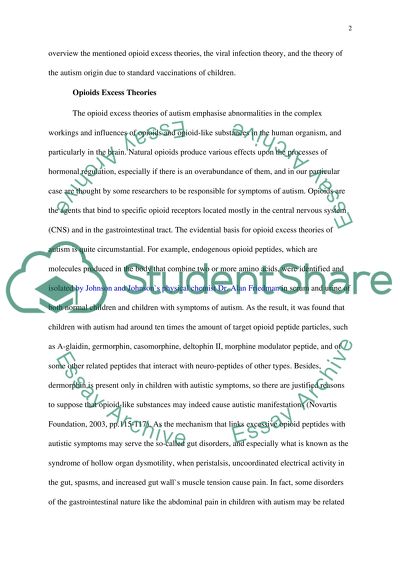Cite this document
(Critical Evaluation of of Autism Theories Term Paper, n.d.)
Critical Evaluation of of Autism Theories Term Paper. Retrieved from https://studentshare.org/health-sciences-medicine/1538198-critically-evaluate-at-least-two-different-theories-of-autism
Critical Evaluation of of Autism Theories Term Paper. Retrieved from https://studentshare.org/health-sciences-medicine/1538198-critically-evaluate-at-least-two-different-theories-of-autism
(Critical Evaluation of of Autism Theories Term Paper)
Critical Evaluation of of Autism Theories Term Paper. https://studentshare.org/health-sciences-medicine/1538198-critically-evaluate-at-least-two-different-theories-of-autism.
Critical Evaluation of of Autism Theories Term Paper. https://studentshare.org/health-sciences-medicine/1538198-critically-evaluate-at-least-two-different-theories-of-autism.
“Critical Evaluation of of Autism Theories Term Paper”, n.d. https://studentshare.org/health-sciences-medicine/1538198-critically-evaluate-at-least-two-different-theories-of-autism.


